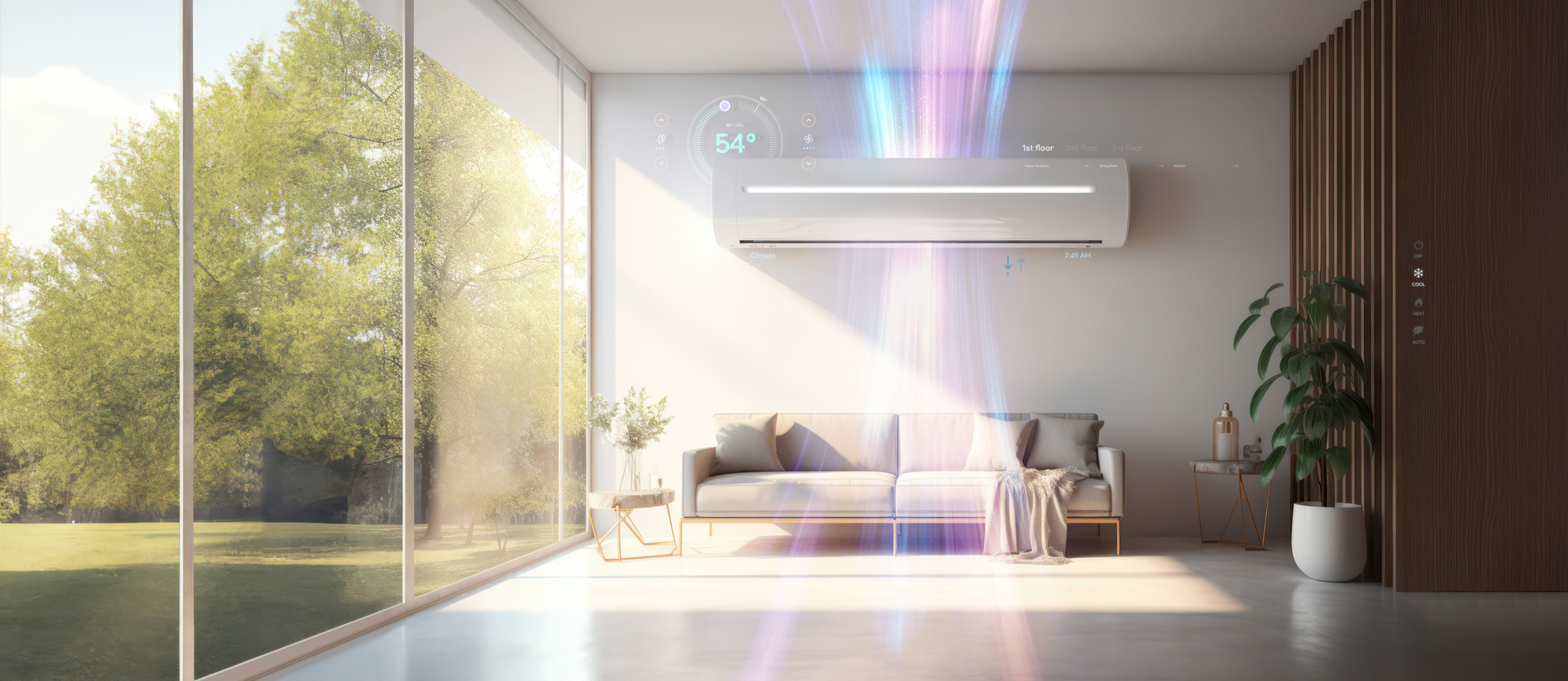7 Ways To Improve Air Quality Inside Your Home
Did you know that the Environmental Protection Agency (EPA) ranks indoor air pollution among the top five environmental dangers? Given the significant amount of time most people spend indoors, understanding that the air quality inside the home is a vital aspect of one’s health and well-being is crucial.


Luckily, you can adopt a variety of measures to improve indoor air quality and ensure a healthier living environment. Read on to learn more.
- Invest In An Air Purifier
Air purifiers can be a worthy addition to the home. These devices can remove up to 99% of airborne bacteria, as well as other pollutants like dust, pollen, and pet dander.
For best results, choose a purifier suitable for your room size and consider those with High Efficiency Particulate Air (HEPA) filters for maximum effectiveness. To make an informed decision, read helpful resources like Molekule reviews.
- Clean Regularly To Reduce Dust And Dirt
Having a regular cleaning routine is an effective way to improve indoor air quality. Dust and dirt accumulate rapidly, carrying a range of allergens and pollutants.
To avoid these, vacuum the carpets, mop the floors, and wipe the surfaces clean at least once a week. Use microfiber cloths and HEPA-filtered vacuums, as they’re more efficient at trapping dust.
- Control Indoor Humidity Levels
Excessive humidity can result in the growth of mold and mildew, harmful organisms that degrade air quality. In this case, be sure to keep your indoor environment healthy by maintaining humidity levels between 30% and 50%.
Moreover, invest in a dehumidifier or use air conditioners during warmer months. You should also ensure areas like bathrooms, kitchens, and laundry rooms are well-ventilated to enjoy healthy indoor air quality.
- Enhance Ventilation
Improving ventilation is a vital aspect of boosting indoor air quality. Proper airflow aids in eliminating stale indoor air and introducing fresh outdoor air, thereby reducing the concentration of indoor pollutants.
Simple steps, such as opening windows regularly, especially in areas like the kitchen or bathroom, can enhance ventilation. The use of exhaust fans can also prove beneficial in areas of high moisture or fume production.
For a more advanced solution, homeowners can consider installing an energy-recovery ventilator. This device simultaneously expels stale indoor air and brings in fresh outdoor air, making it an effective way to maintain a healthy indoor environment.
- Introduce Indoor Plants
Plants not only beautify your home, but they’re also nature’s air purifiers, which can be an excellent fix for unhealthy indoor air. Luckily, many types of indoor plants can absorb harmful toxins and release oxygen. Here are some of the most effective air-purifying plants:
- Spider Plants: Known for their hardiness, they can thrive in a range of conditions and absorb a variety of pollutants.
- Snake Plants: These plants are great for absorbing toxins and producing oxygen, even at night, making them an ideal bedroom addition.
- Peace Lilies: While they require a bit more care, they can remove various toxins and add a touch of elegance to any room.
All these plants are great air purifiers, but they require proper care. Ensure they receive adequate light and water, and your indoor air quality will see a noticeable improvement.
- Choose Low-VOC Products
Volatile Organic Compounds (VOCs) are harmful chemicals found in many household products, from paints and cleaning supplies to air fresheners and certain types of flooring. These substances can evaporate into the air when used, contributing significantly to indoor air pollution.
Exposure to high levels of VOCs can lead to health issues such as eye irritation, respiratory problems, and even damage to the liver, kidney, or central nervous system. Opting for low-VOC or VOC-free products whenever possible is a practical approach to reducing these risks.
Seek out brands and products that highlight their low-VOC qualities, as this conscious choice can greatly diminish your exposure and improve the overall air quality inside your home.
- Maintain Heating, Ventilation, And Air Conditioning (HVAC) Systems
HVAC systems are a lifeline for air circulation within a home, playing a pivotal role in maintaining indoor air quality. Over time, dust, allergens, and other contaminants can accumulate in these systems, reducing air quality when they’re circulated throughout the home.
Here’s how to keep them in top shape:
- Regular Filter Replacement: It’s crucial to replace the filters in the HVAC system every two to three months. This simple step can significantly reduce the amount of dust and other pollutants that the system might otherwise spread across the house.
- Routine Professional Maintenance: Arrange for an HVAC professional to inspect and service your system at least once a year. They can detect and rectify potential issues that may be affecting the system’s performance and, consequently, your indoor air quality.
- Duct Cleaning: Occasionally, it might be beneficial to have the ducts in the HVAC system professionally cleaned, especially if there’s visible mold growth or a vermin infestation.
By properly maintaining the HVAC system, it can operate more efficiently, saving energy while also contributing to healthier, cleaner air in the home.
Conclusion
Taking steps to improve the air quality inside your home not only ensures a cleaner, safer, and more comfortable living space, but also protects the long-term health of you and your family. From investing in an air purifier, managing humidity levels, and enhancing ventilation to choosing low-VOC products and properly maintaining HVAC systems, every effort you make contributes to a healthier indoor environment. Don’t delay; start making these changes today and breathe easier in a home that promotes health and well-being.